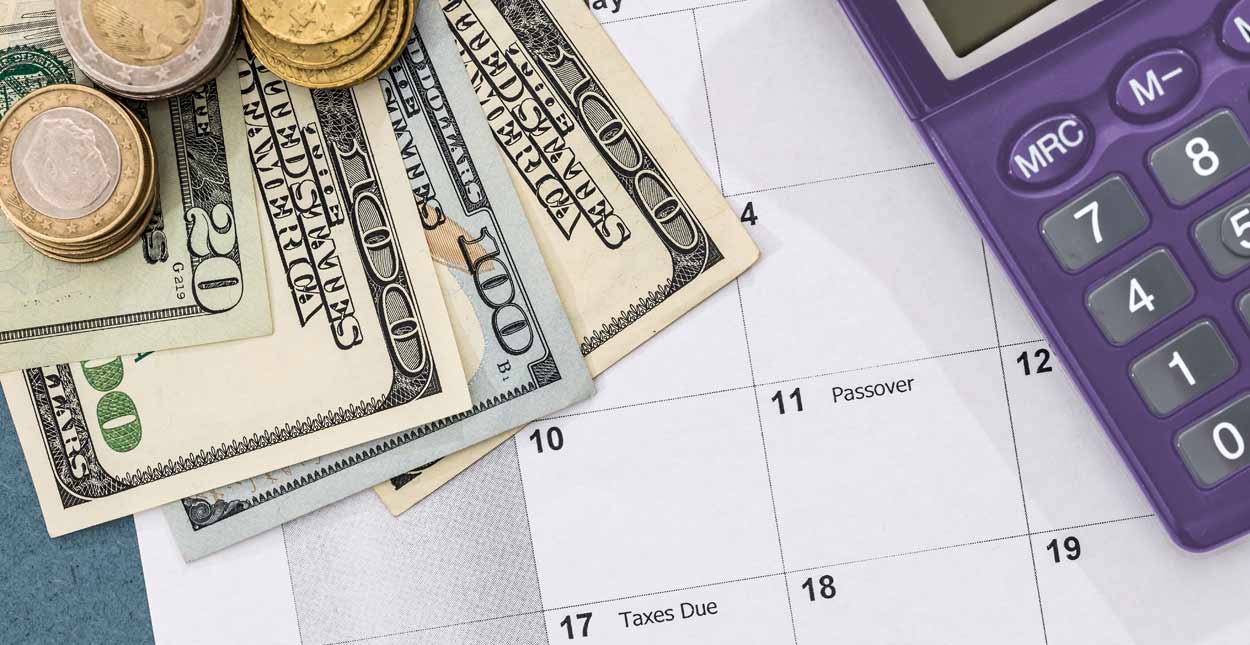Students may be eligible for student loans as part of your school’s financial aid package. A loan is a money you borrow and must repay with interest, such as a credit card or a mortgage.
Ensure that you know who is lending you the money and the terms and conditions of that loan before you take it out. In addition to federal, private, and non-profit organizations, student loans can be obtained from various sources, including banks and financial institutions. There are many advantages to federal student loans compared to loans from banks and other private lenders. There is in-depth information on the distinctions between national and personal student loans.
Is there a federal student loan option for me?
As a federal student loan programme, the U.S. Department of Education administered the William D. Ford Federal Direct Loan (Direct Loan) Program. Your lender is the U.S. Department of Education, and you can choose from four different kinds of Direct Loans.
To assist with the costs of attending a college or career school, the federal government offers Subsidized Direct Loans to qualifying undergraduate students who can demonstrate financial need.
All eligible undergraduate, graduate and professional students may be eligible for Unsubsidized Direct Loans, although eligibility is not dependent on financial need.
Direct PLUS Loans are loans granted to graduate or professional students and the parents of dependent undergraduate students to help pay for educational expenditures not covered by other financial aid. An applicant’s credit history is checked regardless of financial need. Borrowers with a poor credit history must meet additional qualifications to be approved.
Direct Consolidation Loans allow you to consolidate all of your eligible federal student loans into a single loan with a single loan servicer.
How much may I borrow from the federal government in student loans?
Whether you’re an undergraduate or not, a graduate student or a parent, the answer varies.
As an undergraduate student, you can borrow from $5,500 to $12,500 in Direct Subsidized and Unsubsidized Direct Loans each year, depending on your academic year and your dependent status.
Direct Unsubsidized Loans are available to graduate and professional students earning a master’s or doctorate. In addition, if your school determines that your existing financial help is insufficient, you may be able to use Direct PLUS Loans to cover the remaining costs of your education.
Any remaining college expenses that your child’s school determines are not covered by other forms of financial aid that you get as a parent of a dependent undergraduate student may be paid by a Direct PLUS Loan.
Why should I borrow money from the government for school?
Lending money to students is like making a long-term financial commitment. Even if you aren’t terrified of taking out federal student loans, you still need to exercise caution.
Many advantages of federal student loans outweigh the disadvantages of alternative options for paying for college.
Unlike private loans, the interest rate on federal student loans is fixed and usually lower than that on a credit card.
There is no requirement for a cosigner or a credit check for most federal student loans.
Federal student loans are not due until you graduate or drop below half-time status in school, whichever comes first.
If you can show you need financial help, the government will pay the interest on some types of student loans in school and after you graduate.
There are many options for federal student loans, including flexible repayment plans and the ability to postpone payments if you find yourself in financial difficulty.
Some of your federal student debts may be forgiven if you meet specific criteria for working in certain professions.

